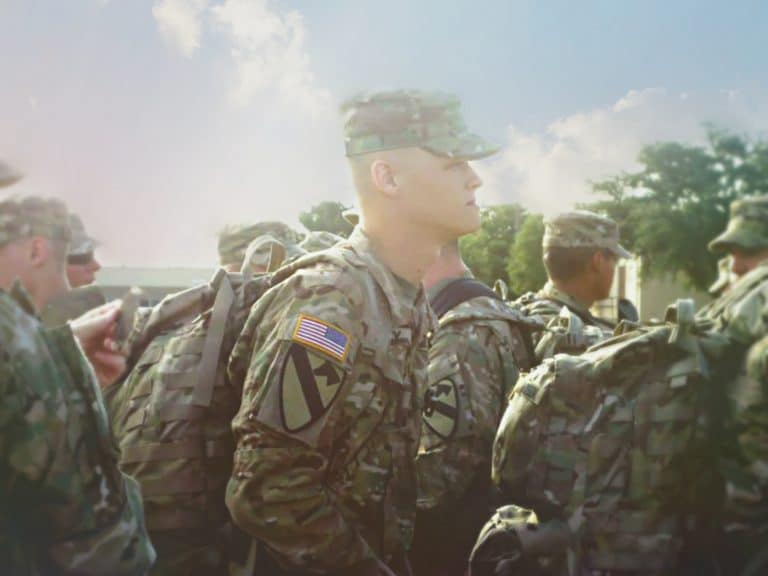What Does The Term HALO Mean In The Military?
Important Note: When you buy through our links, we may earn a commission. As an Amazon Associate we earn from qualifying purchases. Content, pricing, offers and availability are subject to change at any time - more info.
HALO, an acronym for “High Altitude Low Opening,” refers to an aeronautic procedure used by soldiers who must quickly exit the aircraft. It is among the most dangerous maneuvers a soldier can make, and one should never take it lightly. HALO is also referred to as MFF, “Military Free Fall.”
It is a method of delivering and extracting soldiers, cargo and equipment through the air using a paratrooper, helicopter, or glider. It is a military technique to penetrate an enemy territory with extensive ground-to-air or sea-to-air defenses. It involves the use of high-flying aircraft that drops its cargo at an altitude that is higher than the range of enemy defenses. In other words, the plane drops its load at high altitudes and low speeds to minimize exposure to enemy fire.
The jump is from an aircraft high above the ground, typically at high altitudes and low temperatures. Once the parachutist has reached a sufficiently low height, they pull their ripcord, and the parachute deploys, catching them mid-fall. The parachute opens so the parachutist can touch down as gently as possible. These maneuvers require a great deal of attention, concentration, and skill.
The parachutist may require supplemental oxygen at certain altitudes due to the low atmospheric pressure. The oxygen becomes necessary because its concentration decreases with height, and further alterations in the air pressure cause the lungs to contract involuntarily. The supplemental oxygen is usually provided by attaching a small cylinder of oxygen to the top of the helmet or a face mask.
HALO techniques were first discovered in the 1960s when the military experimented with parachuting “free fallers” from high-altitude aircraft. Despite being a military practice, civilians in recent years have learned to utilize the technique of skydiving. It is a dangerous and extreme parachuting method for special forces or elite units.
Risks Involved in HALO
HALO jumps are hazardous for the following reasons:
1. Hypoxia
Hypoxia occurs when the body lacks the amount of oxygen that it requires to function. This condition may lead to unconsciousness and even death if not treated immediately. As a result, HALO jumps require the use of supplementary oxygen systems.
2. Decompression sickness
Also referred to as “the bends,” it is caused by dissolved gasses in the bloodstream suddenly expanding under pressure. As a result of this, bubble formations may form in different areas of the body. If untreated, this condition can cause severe damage to the body, especially the brain and spinal cord.
3. Parachute might fail to deploy, or lines might become tangled
If the parachute malfunctions, the soldier does not have enough time to activate their reserve chute. If this is the case, the soldier will most likely fall to their death. Untangling lines may also take time and prevent the soldier from pulling their rip cord, resulting in death.
Conclusion
Because of these risks, one requires special training before attempting a HALO jump. Also, note that HALO jumps require adequate preparation and technical equipment, and one should never attempt them without proper knowledge and training. Many military personnel and civilians alike have successfully used this technique. However, those who try it without formal training, understanding, and sufficient equipment can lead to severe injury or death.






